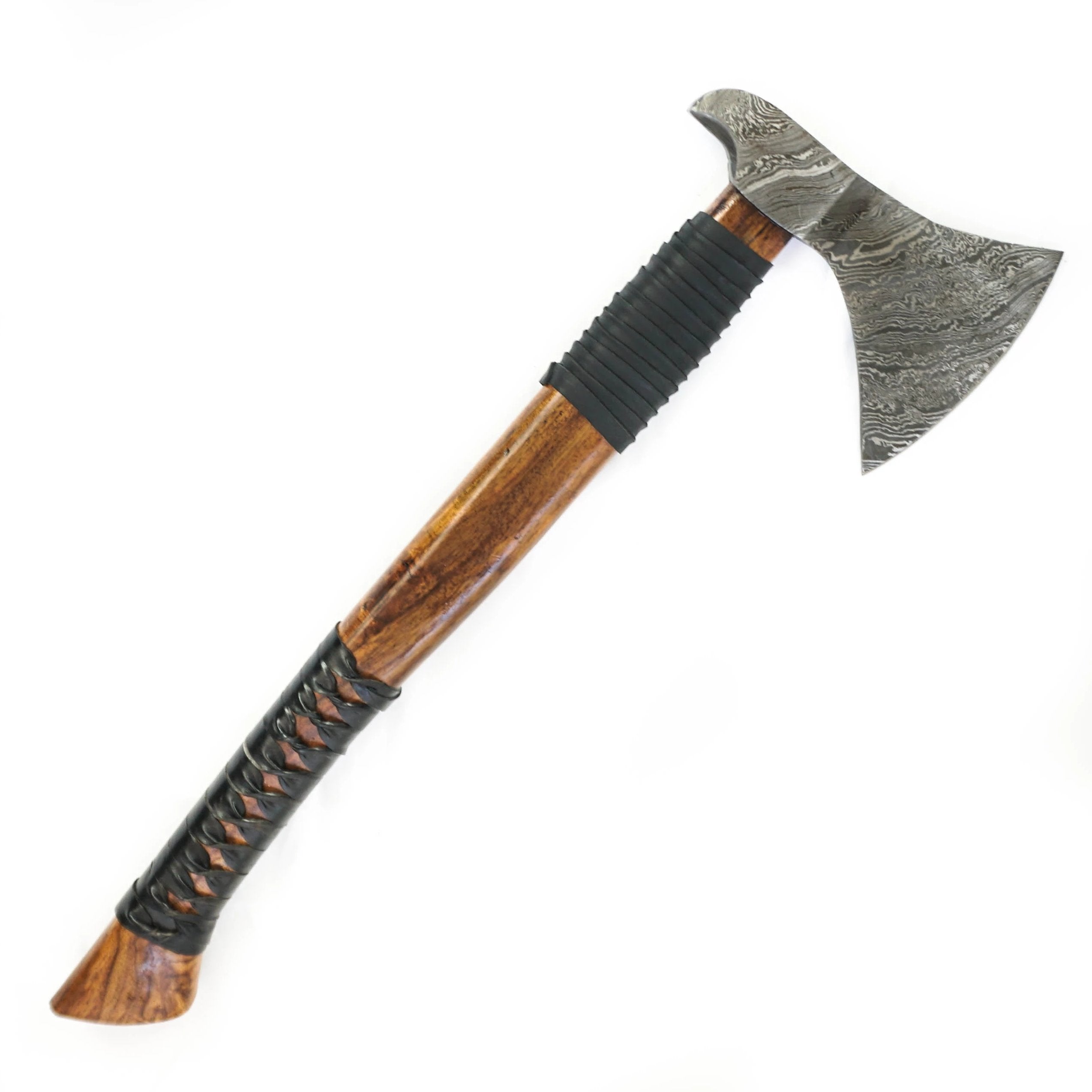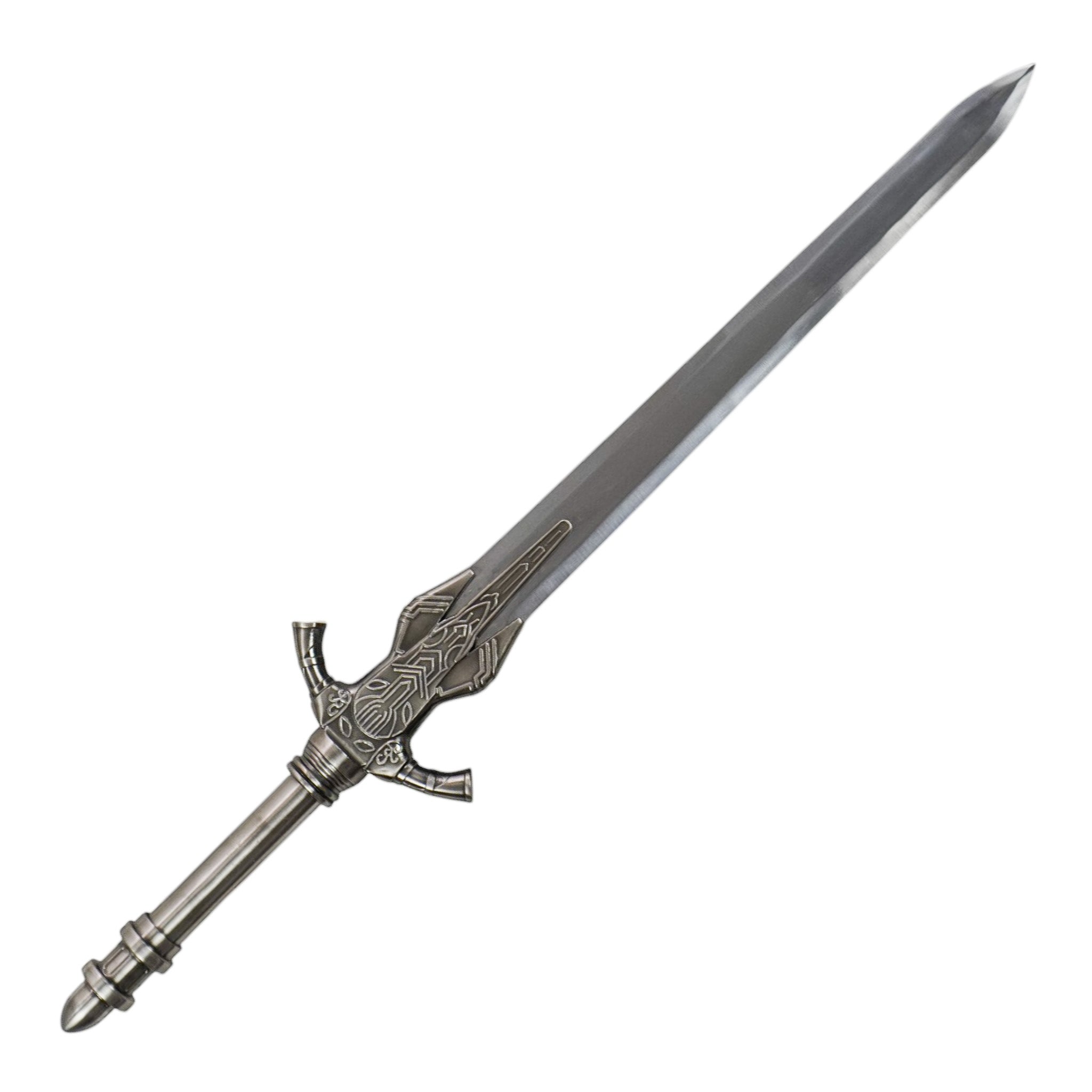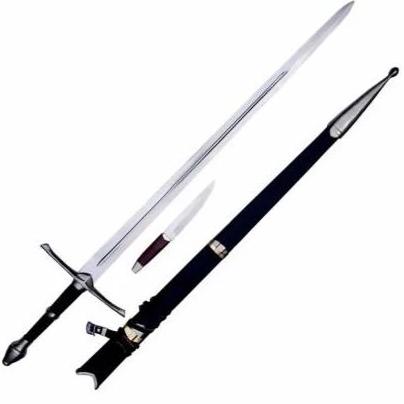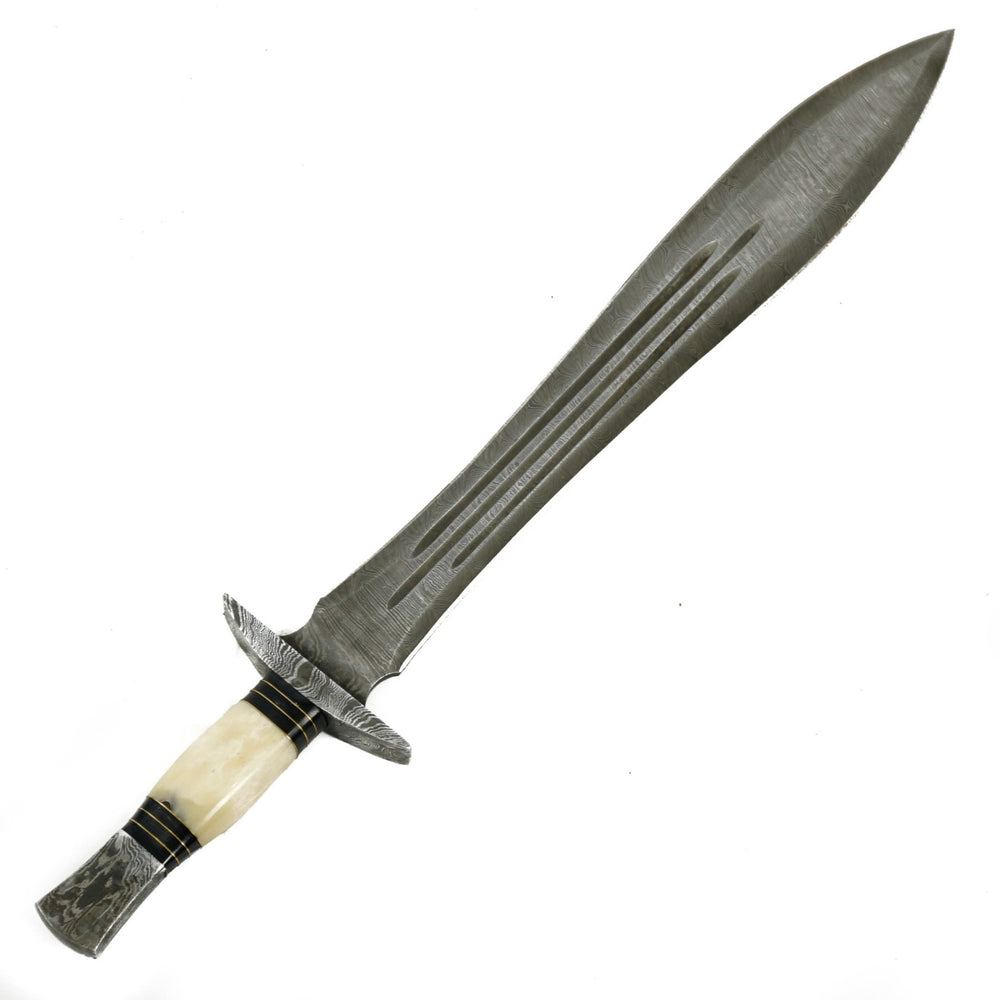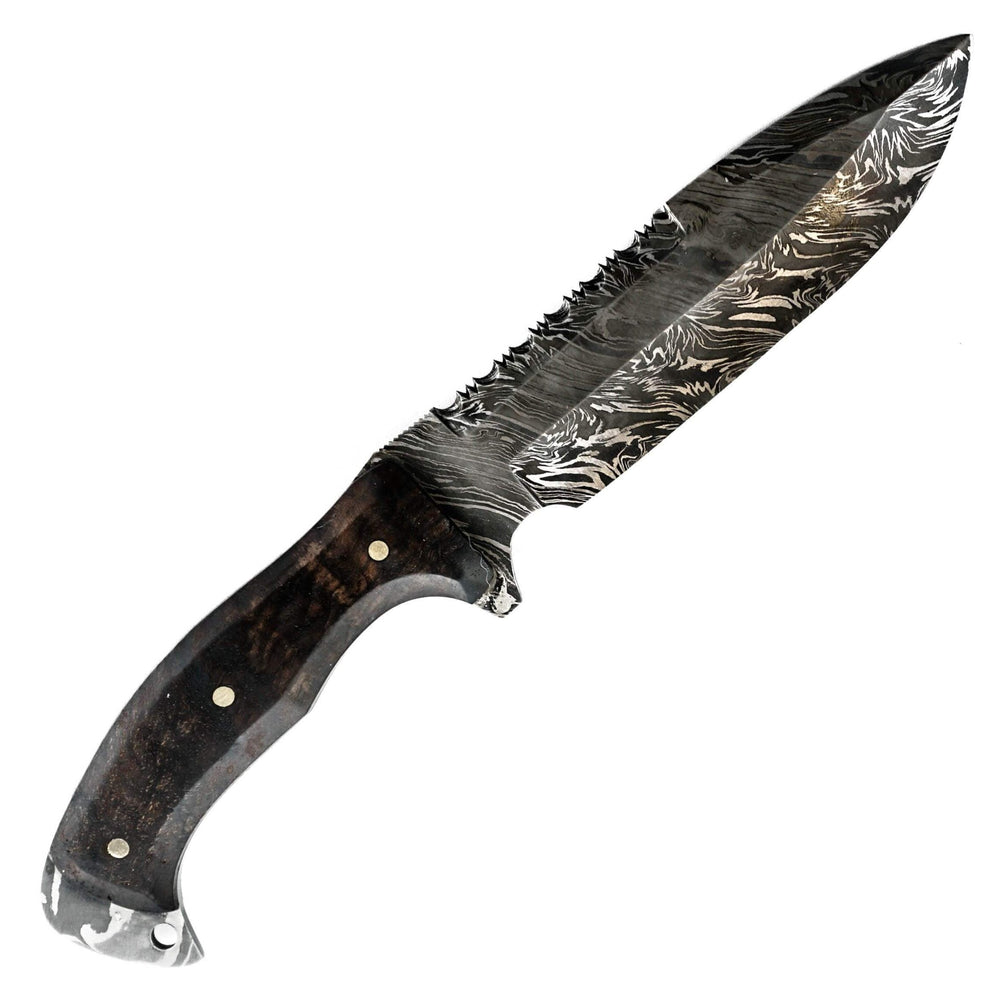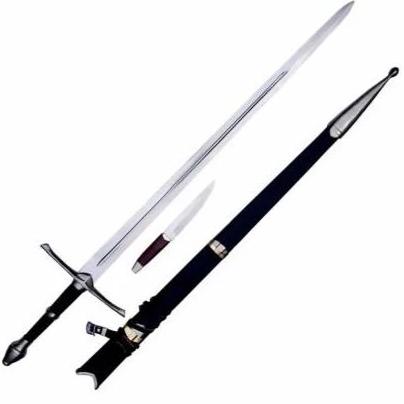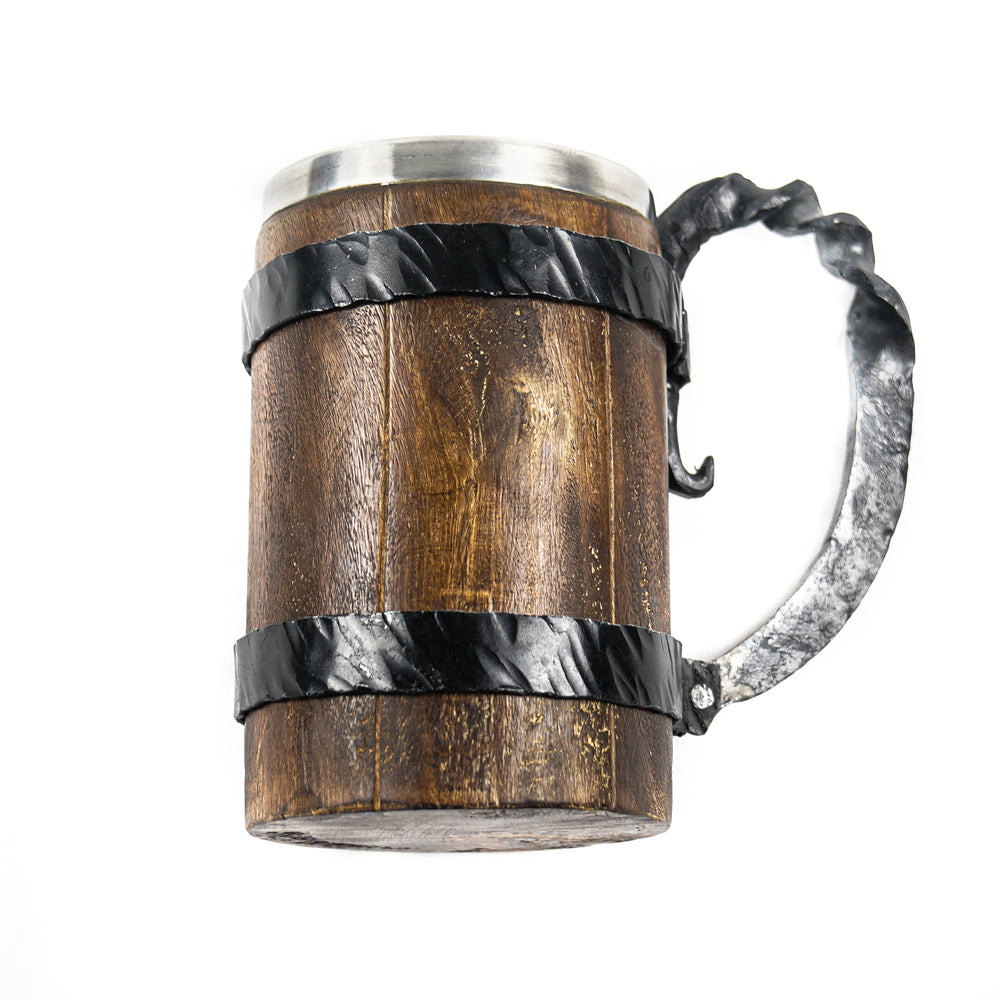Top 6 Essential Swords to Have in Your Collection
Top 6 Essential Swords to Have in Your Collection
The world of sword collecting is vast and full of wonderful artifacts. Artifacts with deep, rich histories, and stories to tell. But, as rewarding as it is to have a one-of-a-kind sword collection, it can be equally as hard to decide which ones to buy. We’ve boiled the hundreds of thousands of swords to pick from into a top 6 list. Here are 6 amazing swords (in no particular order) that you simply can’t go wrong with.
-
Gladius Sword

- The Roman shortsword, also called the gladius, was a highly effective weapon that was used by Roman soldiers during the peak of Rome’s empire. This weapon was used to sweep through opposing nations across all of modern-day Europe. It was around 2 feet in length, and had a sturdy doubled-edged blade that formed a sharp tip at its end. These features combined made the gladius a dominant weapon at the time, it was as quick as it was lethal. For the simplicity and effectiveness in combat, we believe the gladius is a sword any collector should take a look at.
-
Claymore Sword

- The Claymore, meaning “great-sword” in Gaelic, originated in Scotland and was in service from the late Medieval Era (1400s) up until the early 1700s. Since that time, the Claymore has become one of the most recognizable swords in today’s world. It’s 42 inch blade, 13 inch handle, combined with the downswept hilt give the sword its iconic look. The Claymore sword required two hands to be used and was so big wielders often didn’t carry shields. Despite being seemingly unwieldy, the Scottish found a way to make it work. Scottish clansmen would take the Claymore into battle against the English in territorial conflicts.
-
Kopis Sword

- Its name is derived from the Greek word “Kopides” which translates to cut or strike. The Kopis had a unique design for this very purpose. It was a one-handed weapon and featured a forward-curving blade with much of its weight towards the top-end of the sword. The Kopis was capable of delivering a forceful strike similar to an axe while maintaining its sharp edge used for cutting. Ancient Greeks used the Kopis for cutting meat, animal sacrifice, and occasionally combat. Unlike the Claymore, it was light and small in size. Early iterations were around 25 inches and weighed 1-2 pounds. The Kopis’ lightweightness made it not only useful on foot, but on horseback as well. Greek soldiers were able to generate powerful slices against enemies combined with the speed and acceleration of a horse. The DNA of the Kopis can be seen today in modern-day survival tools and more famously, the gurkha.
-
Jian Sword

- The Jian is a Chinese straight sword that was known as the “gentleman of weapons” in ancient folklore. It was double-edged, and had a strong durable handle. The handle on the jian was made heavier to balance out the weight of the blade and had a pommel on the end. The pommel served to prevent the sword from slipping out of the user’s grip. Similar to other swords of the time, the Jian had a tapered design that formed a gradually sharpened tip at the end. Unlike many towards today however, the Jian is still in use despite dating back to the 7th century BCE. Today the Han Jian is used in Chinese martial arts as a means of physical expression.
-
Zweihander Sword

- A lesser known sword, but nonetheless an interesting one, the Zweihander sword is a large two-handed sword that originated in 14th century Germany. It was known for its effectiveness against polearms and pike formations, which were common fighting tactics at the time.
-
Ulfberht Sword

- The Ulfberht was a rare breed of Viking swords that made their wielders seem superhuman in the eyes of their enemies. This was due to the sheer strength, durability, and speed the sword possessed. At the time when the Ulfberht dominated the Scandinavian battlefields (850-1150 AD), most swords were made of iron, much less durable and heavier than the crucible steel found in the Ulfberht. This put those who wielded an Ulfberht at a great advantage. He would be able to swing his sword with ease and the Ulfberht would break through virtually anything that was on its receiving end.

